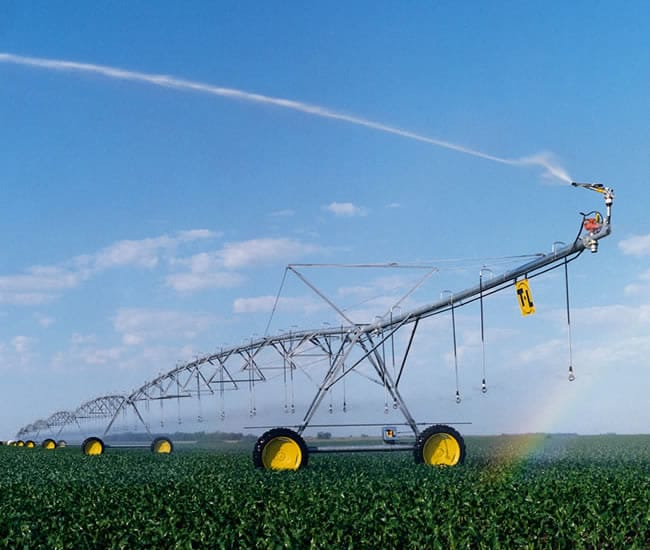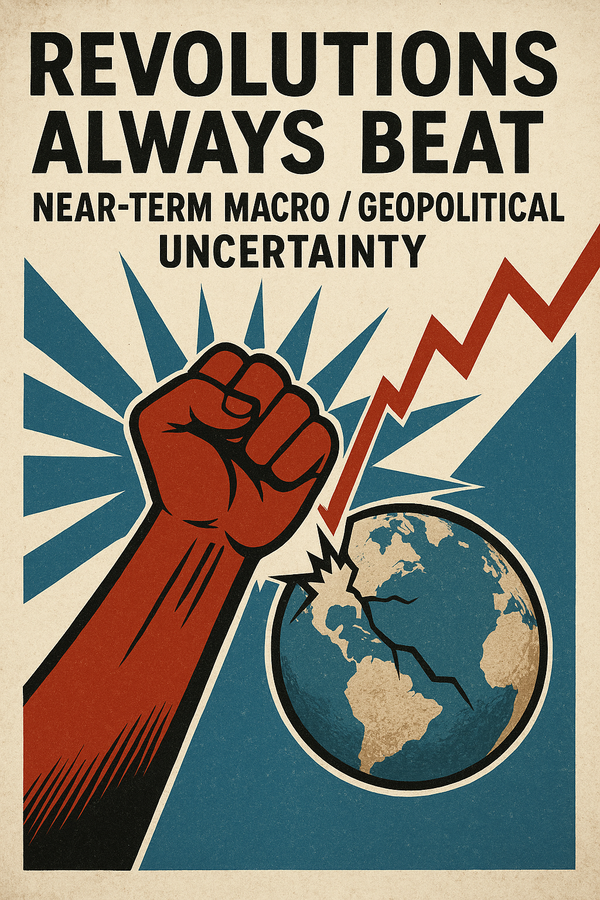Trade Alert: The Three Best Clean Water Stocks

For the last 30 years the price of oil has been on a steady climb upward. NYMEX traders who used to sit around all day for a penny move in crude now have to deal with $4 intraday spikes. Peak oil and the feeling everyone has that we are running out has made everyone net buyers, every year.
So forget peak oil. Today I want you to think about peak water.
Americans are probably never going to buy less than 7 million cars a year. But 300 hundred million of us are definitely never going to go a day without water. The non-optional nature of water plus the sense that we’ll never have a lack of it makes this a great long-term secular trend to invest in.
The spectacular run-up in rare earth prices provides a kind of template. Once shutdown mines have been revived and billions of dollars have poured into companies like Molycorp and Lynas hoping to capitalize on the once left-for-dead elements. Now the problem isn’t scarcity, it’s that years of mining neglect has left all the available supply in the hands of the Chinese. If you’re a GE materials sourcing manager, do you want to go to your boss and say that a $100 million turbine order is delayed because you can’t get some rare earth elements no one ever cared about before? While critical to making the turbines, as an input cost they are nothing compared to the manufacturing and IP costs. So to never be caught flatfooted you’re happy to enter into forwards at ever higher prices, quarter over quarter, since rare earths are a nominally small amount of your cost-of-goods-sold. Please note that everyone right now gets this logic and the prices of rare earth stocks have been bid up so I don’t want you to play that game.
But that’s exactly that trade with water, and that trade hasn’t taken off yet. I want you to get long some water plays as a long-term trade in your portfolio. If you break out your household expenses, bottled water plus your utility bill is likely less than ~2% of your outlays. Would you flinch if it necessarily became 4%? What about 10%? Do you think governments will hesistate the spend your money to keep you happy to keep themselves in power? Right now municipalities are selling water supply to natural gas wildcatters; 20 years from now when the water table is contaminated states will have no choice but to truck in fresh H20.
We can drill-baby-drill, tar sand and frack our way to energy independence and none of it means a damn thing if we don’t have water to drink. I expect spending to clean water that we have polluted, and will pollute more of with energy exploration, to explode in the coming decades. So here are the three best water plays out there; I want these on your radar and I’m adding one of them to the portfolio today.
1. Tetra Tech, Inc. (NASDAQ:TTEK)

Not to confused with TETRA Technologies, Inc. (NYSE:TTI), TTEK is the McKinsey of water consulting. They trade ~ 8x forward EBITDA and have grown earnings ~17% annually for the last five years. Over the last 40 years they’ve been rolling up all kinds of consulting companies (they just won an $11.2 million national security contract from the State Department) and are the premier water consulting firm for the mining and energy industries. So after government and companies (and in the case of Kuwait Oil, both) screw up the earth, they call in TTEK to fix the water problem. They have a desalination business that I expect to grow over time, and a nuclear remidation business that has picked up steam after Fukushima. And in January of last year TTEK won a $62 million contract from the EPA to tell the bureacrats what those clean water best practices are— a contract that was renewed and 45% larger this time around. You definitely want to be long the company that is writing the clean water laws and is getting paid to do so.
I see good things in TTEK’s future, namely margin expansion. Their revenue mix has been traditionally domestic, but years of international acquisitions are paying off in the form of foreign governments and corporations paying up for expertise they don’t have in house. They just beat on earnings and I think more analysts are about to hop on board and raise full-year numbers. At ~$1.68 in market cap I think they are a prime takeover candidate from larger contracting companies like Haliburton.
2. Calgon Carbon Corporation (NYSE:CCC)

Calgon Carbon is the most straightforward of our three names, they make carbon products that take impurities out of water. It’s an $800M company with half-a-billion in revenue and trades at ~10x EBITDA. I love their exposure to Asia in general and China specifically and their track record of winning clean water contracts. There has already been consolidating in the water treatment sector, with Ecolab picking up Nalco for $5.4 billion. CCC beat it’s Q1 revenue number and after talking to people I trust about their technology, I expect an industrial conglomerate like United Technologies or GE to buy the company in the next few years. With the stock down 11% year-to-date it’s not a bad time to consider nibbling.
In the short term there are two pretty strong regulatory catalysts that will benefit Calgon. The first is the finalization of EPA rules on Mercury and Air Toxics Standards (MATS). Every power plant in the country is going to need to buy new scrubbers to kill our lungs a little bit less, and Calgon’s FLUEPAC is positioned to grab a nice piece of the spending. The other catalyst are the ballast water rules being hashed out (read: death match fought-out) right now between the EPA, Coast Guard, and shipping industry. The EPA has finally decided to do something about ships spreading non-native species like the zebra mussels, and is asking that they install filters to keep out the critters and impurities they pick up in their travels. A couple years ago Calgon picked up Hyde Marine, a ballast filter company, that has been winning business from ship builders. And with the long lead time on building new ships, international builders in places like Korea have decided the ballast rules are going to materialize, and have been spending their money with Calgon.
3. Lindsay Corporation (NYSE:LNN)

LNN is part of two secular scarcity themes that I want to be a part of for the next few decades: food and water. Lindsay has a market cap of ~$780M, revenues of ~$520M and trades at an EBITDA multiple of right around 10, with ~$100 million in cash and almost no net debt on the balance sheet. Lindsay specializes in irrigation, or the management of water for agrobusiness. For those of you not familiar with the landscape of flyover country here’s what their center pivot irrigation systems looks like:

Bucolic imagery aside, LNN is the best water play you’ll never hear about. Most of the ETF’s and mutual funds trying to game water scarcity like to buy water utilities and the occasional water clean-up company. But water management, especially for such water-intense industries like farming, is a crucial part of the equation. If you talk to farmers about water you’ll hear the same thing over and over–it’s not a big input cost until it’s crucial. The stock is up ~11% this year and although I’ll likely wait for a pullback to get big in this name, I want to go ahead and initiate a long position in this stock in the TradingWithCody portfolio. I might want to wait for a pullback to get large and I’m just starting with a common stock position, but a farm equipment manufacturer like John Deere might not. Farming is the place to be right now and here’s what LNN said about it’s flush customer base on the most recent conference call:
Our order backlog was $87.3 million on February 29, 2012, as compared to $52.8 million on November 30, 2011, and $64.3 million on February 28, 2011. The irrigation backlog is more than 50% higher than the same time last year and historically is the second-highest quarter-end backlog, second only to the same period in fiscal 2008.
With the Fed keeping real interest rates below zero, farmland values skyrocketing and farmers holding on to more cash than ever, I expect all parts of the farming supply chain to be spending heavily on water management for the next dozen years.




